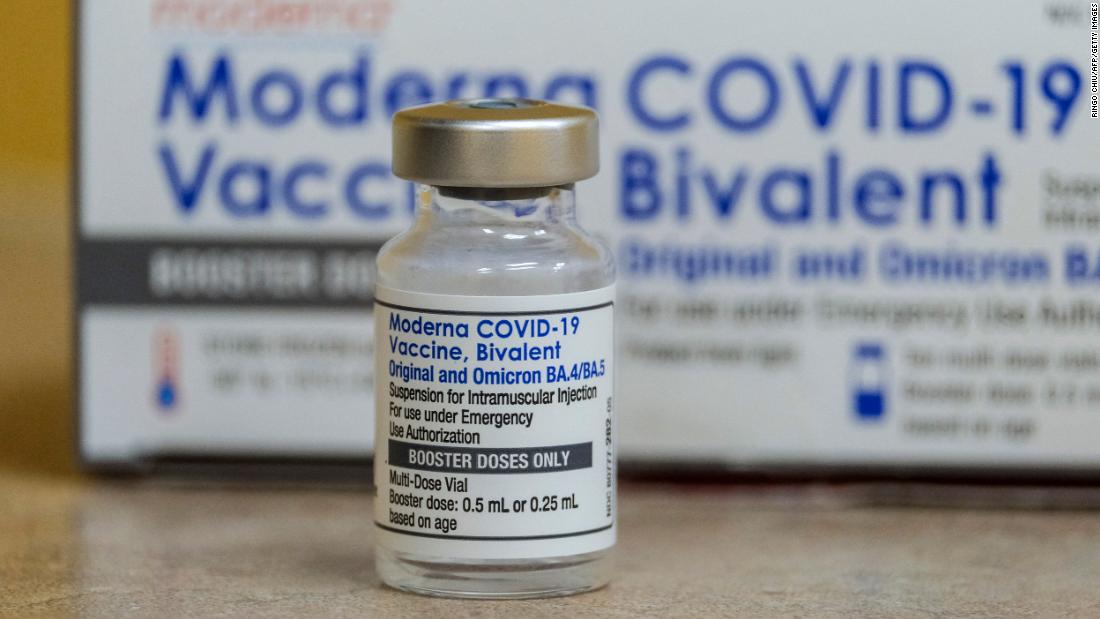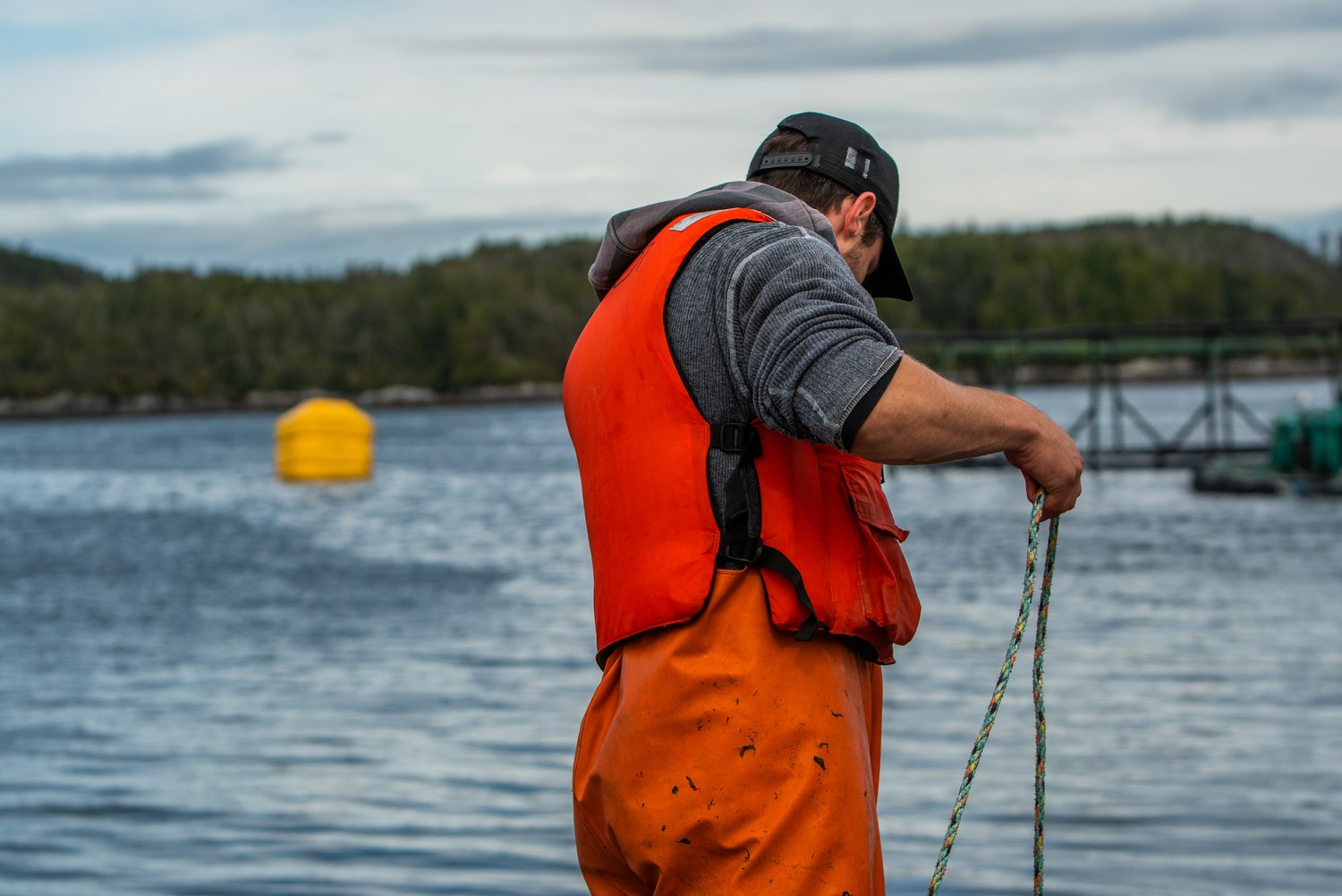wildmanyeah
Crew Member
is that the paper that shows that sea lice counts are actually lower during out migration periods,
post up the paper
post up the paper
links are in the article and on the BCSFA webpage:
links are in the article and on the BCSFA webpage:
Looks like Jay Parsons and Simon Jones carefully re-edited the piece & word-smithed...
better yet, the responses to some of those emails, lol!can we get elmos emails?

lice farms out of the water
That’s a nice way of saying that providing selective industry-collected on-farm data and unaudited industry-paid-for sampling of wild juvenile salmon to industry-promoting regulators as peer reviewers doesn’t produce a very good analysis. My opinion is simply garbage in, garbage out.Academic scientists’ critique of DFO Science Response Report 2022/045
The key flaws of the Science Response Report are:
1. the reporting of methods and results appears to be selective, according to ATIP records (Appendix B), such that not all analyses were reported and statistically significant results were omitted;
2. the contributors to the report are almost all Aquaculture-focused DFO staff with the mandate to “support aquaculture development,” and no external, industry-unaffiliated scientists were involved, such that the report’s approval via a “National Peer Review Process” clearly violated any reasonable standards of independent peer review;
3. the report downplays a large body of peer-reviewed research — both BC-focussed and international — that has repeatedly demonstrated the relationship between salmon farms and sea lice on wild juvenile salmon;
4. the report lacks a power analysis to place in context the real possibility that negative results in each region resulted from weak analysis, even if effects of salmon farms truly exist;
5. the analyses cannot be validated, because the underlying data were not provided.
6. the claims rely on an unvalidated infestation model that is inconsistent with the state of scientific knowledge on the topic; and
7. the statistical analyses were inappropriate (in terms of data manipulation, analysis type, and underlying assumptions), and analysis of the results in the report produces the opposite conclusions.

Wouldn't that be nice if we were managing the 3 fisheries based on science and data and counting fish.. maybe in another world
The systems flawed because it’s ran by humans even third parties have an agenda.
Looks and smells very fishy indeed. Funny how these revisions always happens to the benefit of the Fish Farms.
DFO Science – First Nation Call for External Review
National Newswatch: Canada's most comprehensive site for political news and views.www.nationalnewswatch.com
